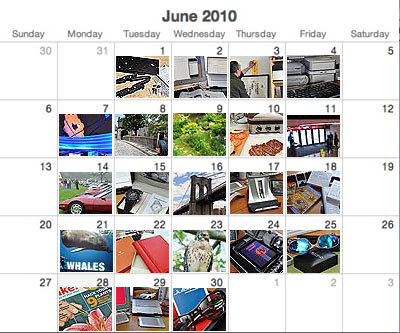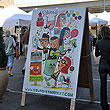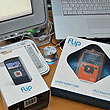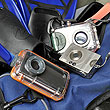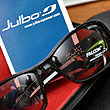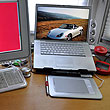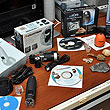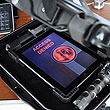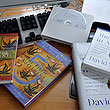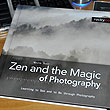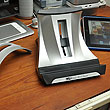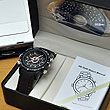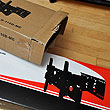It was 1994 and the world had just been introduced to the Newton MessagePad. The Newton was a handheld personal digital assistant (PDA) which was supposed to help you manage your email, to-dos, and other bits and pieces of your day. Some of us had the opportunity to work on mobile apps for the Newton in those early days. We remember spending many a night arguing back and forth over what kinds of applications would make sense to offer for the MessagePad. We debated passionately on whether we should be making applications more powerful or simpler (and easier) to use, and whether to add that "awesome advanced feature" or to "keep it pure." We also had intense discussions regarding how to make the best use of the smaller screen.

In the ensuing sixteen years, mobile device designers have tried a lot of things, learned a lot of lessons, and have created many successors to the Newton MessagePad (Palm, PocketPC, Blackberry, et cetera). The latest winner is clearly Apple's iPhone, with its high resolution multi-touch screen, long battery life, and video-conferencing cameras. What we find interesting as software designers is that we are still having the same discussions today as we did so many years ago: What kind of apps make sense for the handheld device? Should we make the apps more powerful or easier to use? How do we make the best use of the limited screen real estate?

One thing we wish we had when we were starting out was a book like Tapworthy: Designing Great iPhone Apps by Josh Clark. It would have saved us SO MUCH time. While Josh uses the iPhone and associated apps to illustrate his points, the lessons he has distilled and summarized in the book are valuable and applicable for anyone looking for advice on how to go about designing software for a mobile device.

This book is technical from a designer's perspective. There are detailed discussions on why certain interface elements "work" and why others don't. There are numerous examples presented on how to engage the user, hold their attention, or get them to keep coming back for more. There are also interesting case studies of the design life-cycle and the various twists and turns encountered in the process.
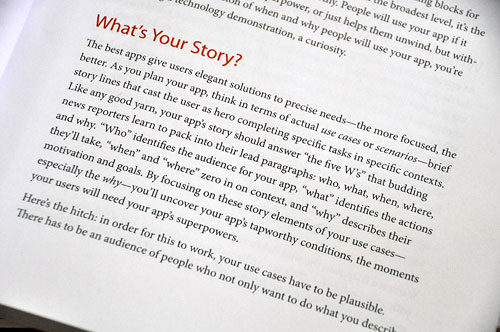
If you are about to embark upon designing your first commercial mobile app, stop what you're doing, buy this book, read it, and then proceed with your design efforts. It will save you countless hours of headaches, frustrations, and dead ends. If you have been building mobile apps for a while and have not had the success you think should be yours, then this book may have some suggestions to help you get better returns on your development dollars. If you are looking to kick up your UI designing game a few notches, then you should stop what you are doing, log on to Amazon, and order a copy immediately. You can certainly read this book from cover to cover in one sitting, but we are certain you will be returning to it again and again. [Permalink] -TapWorthy
|

